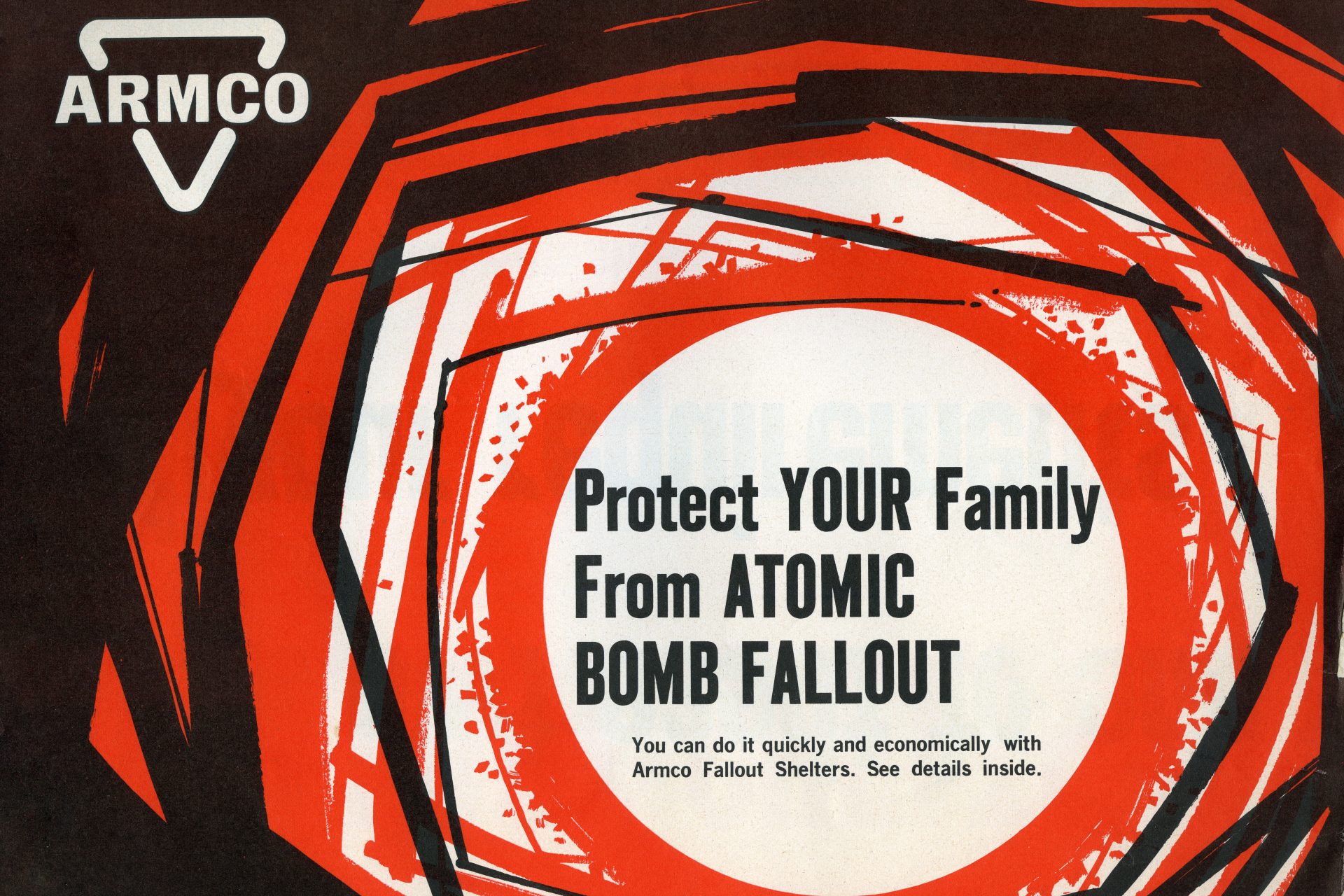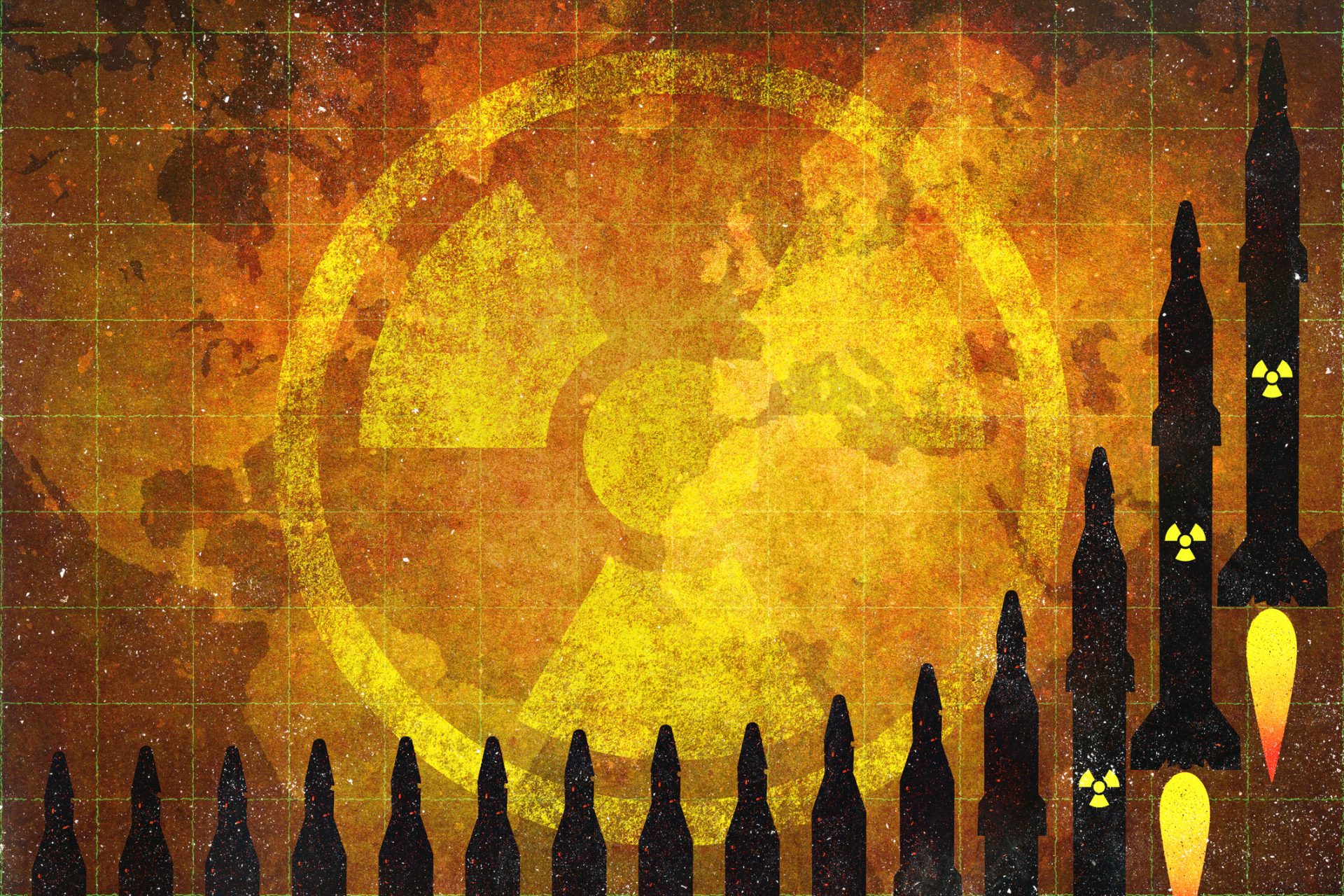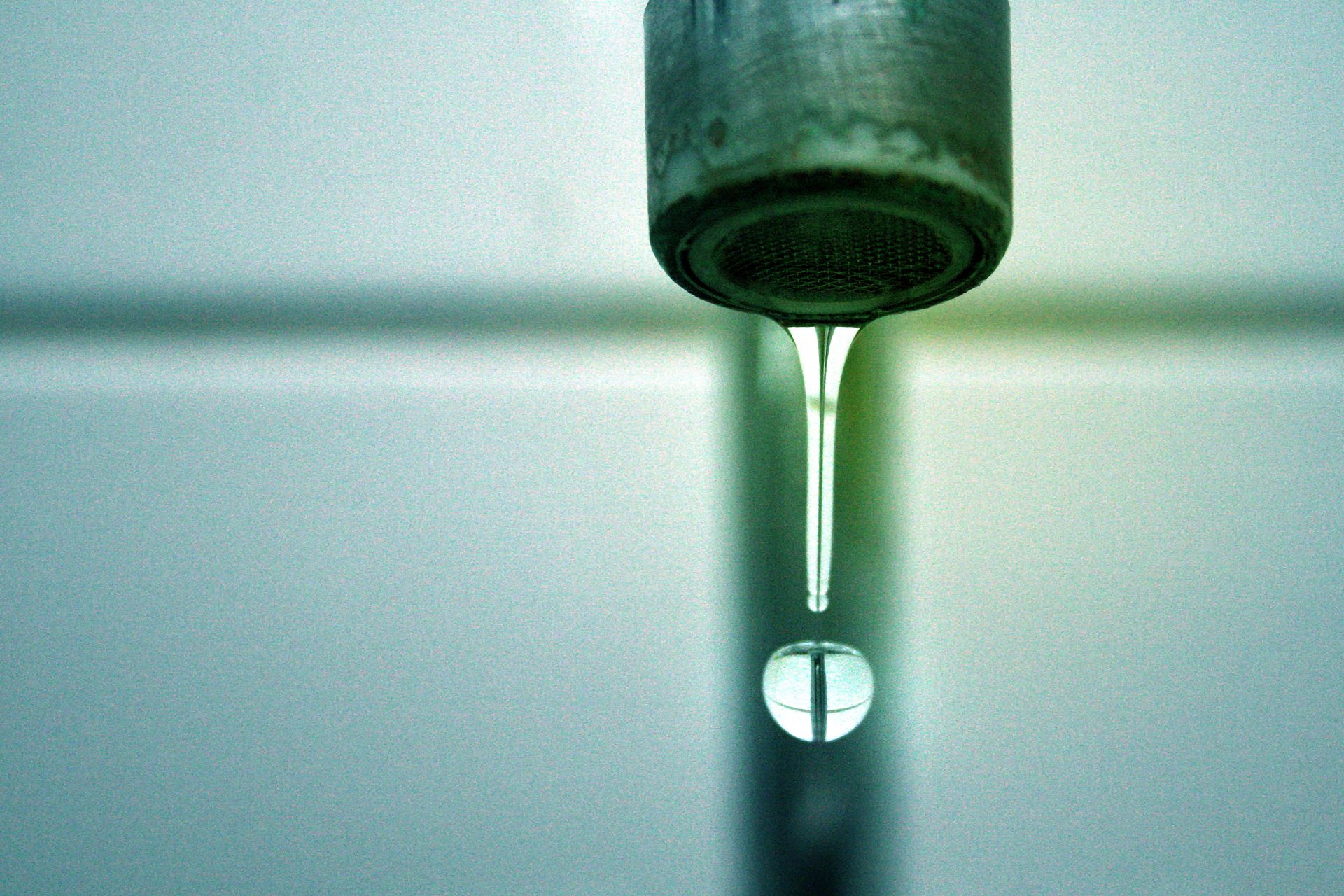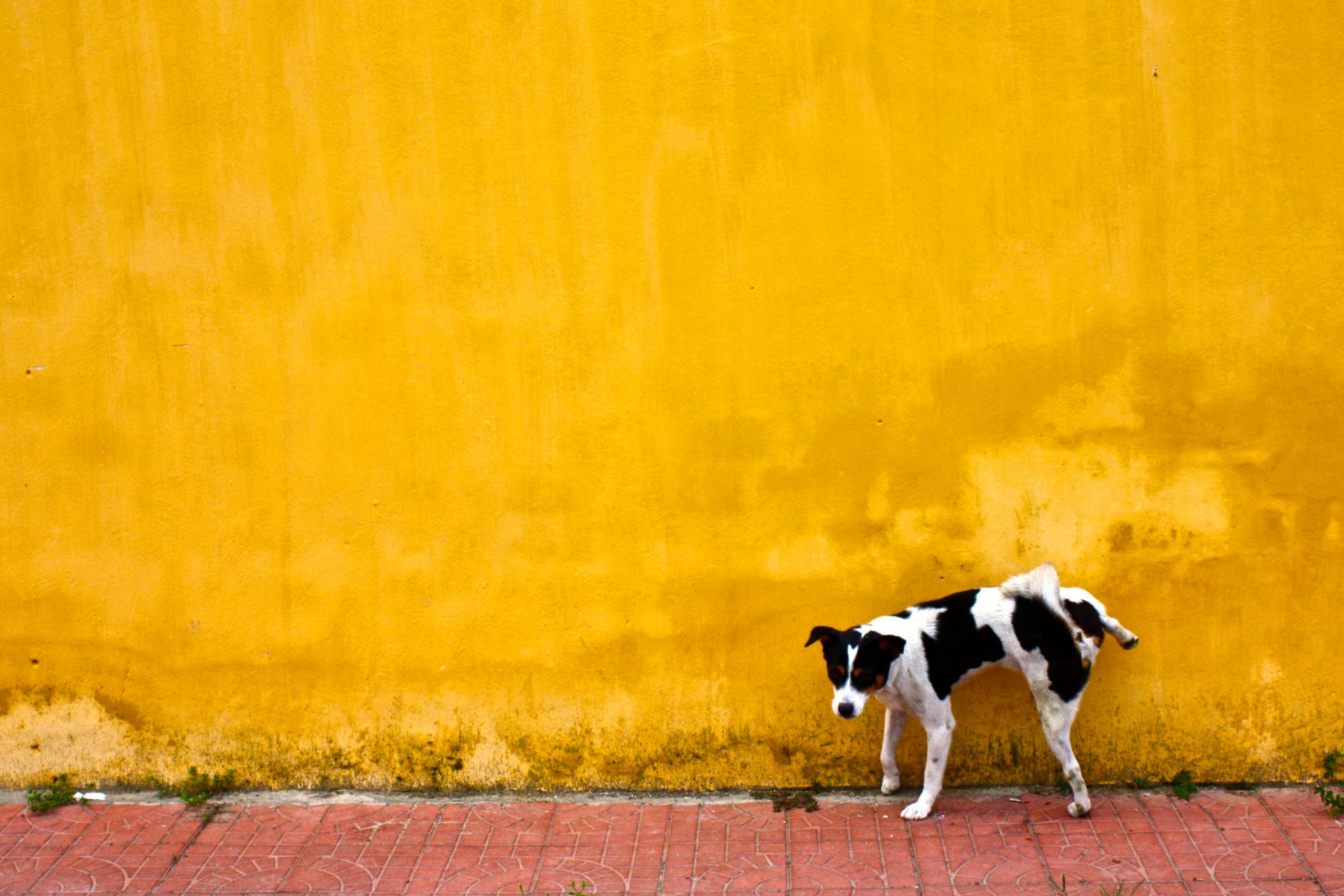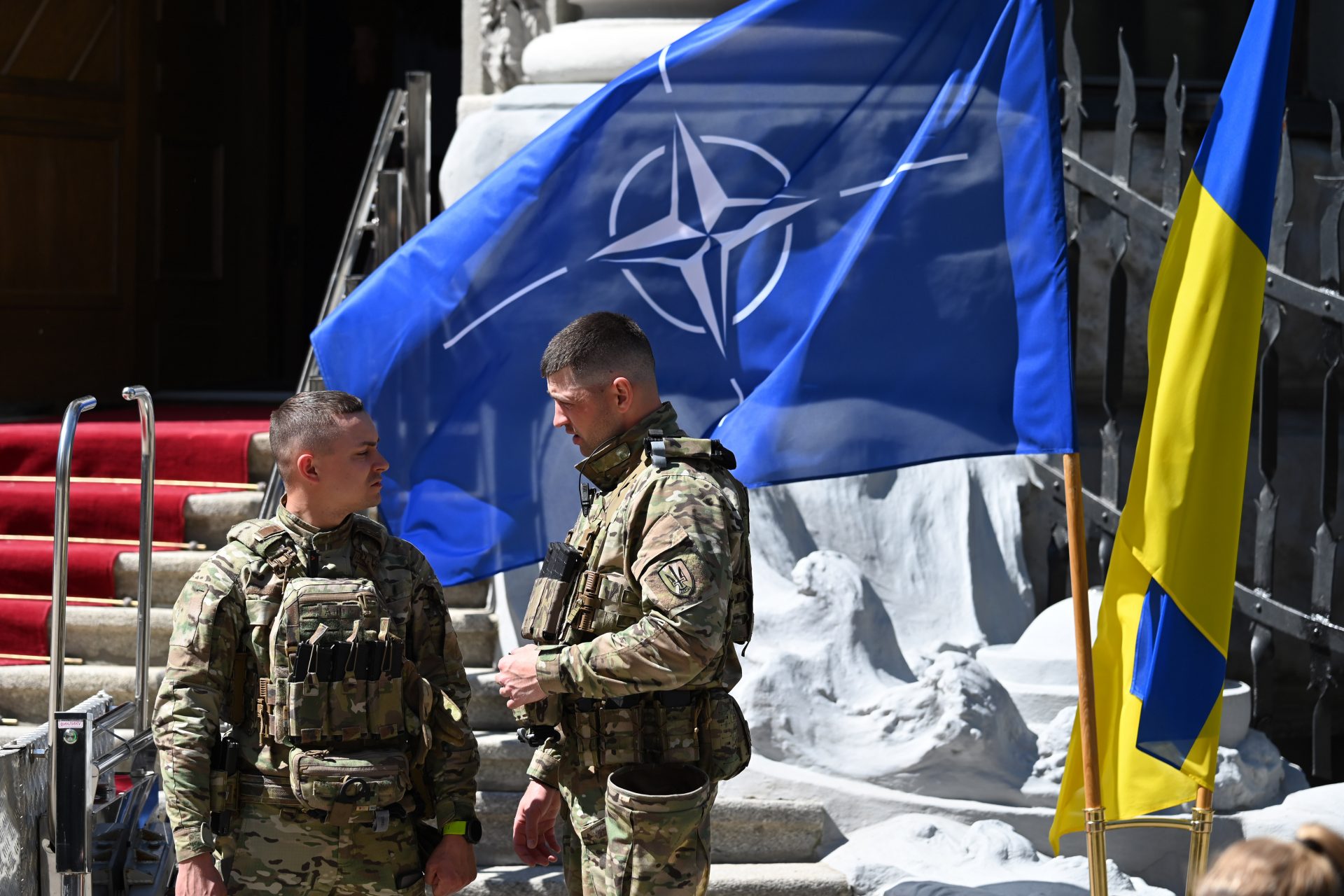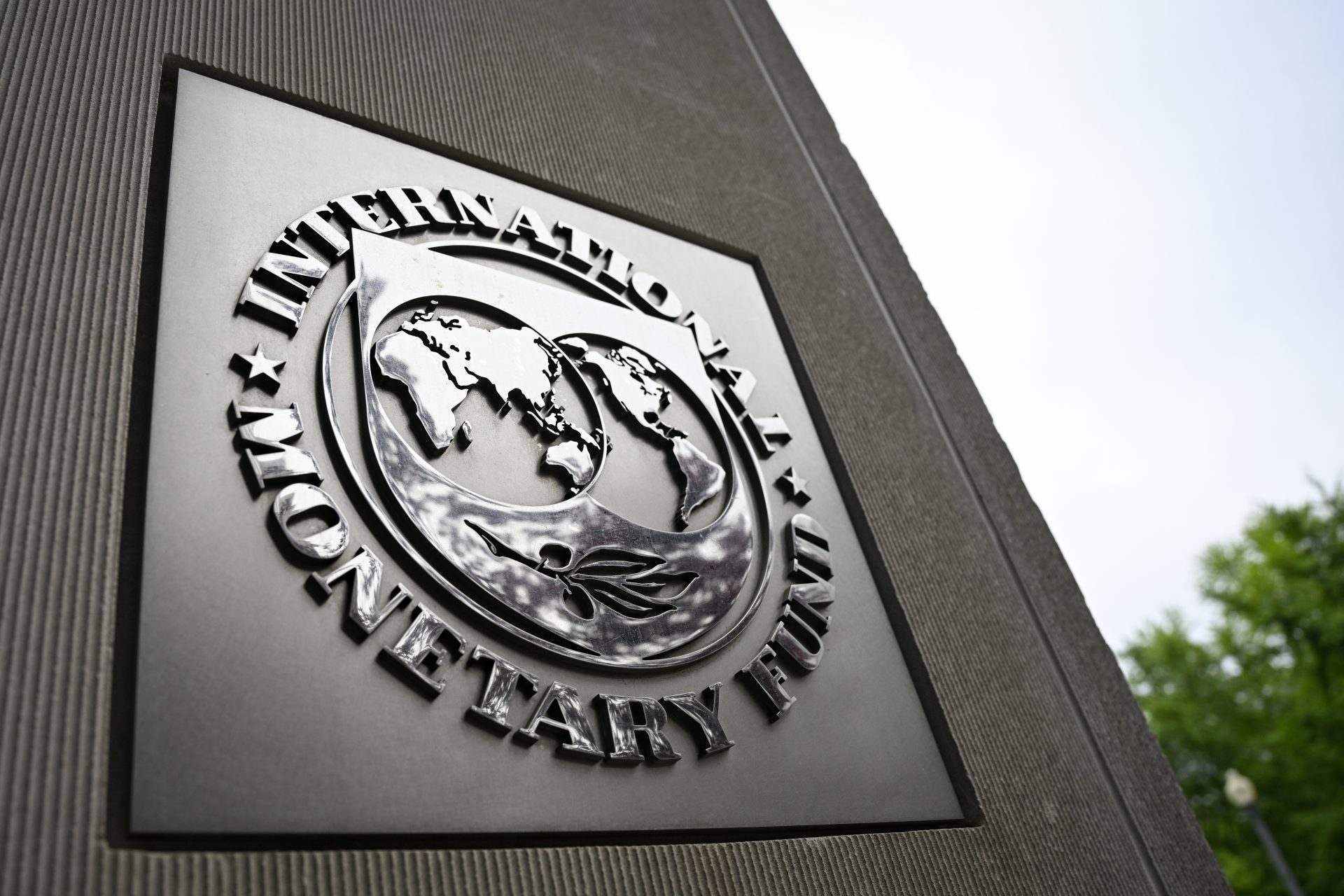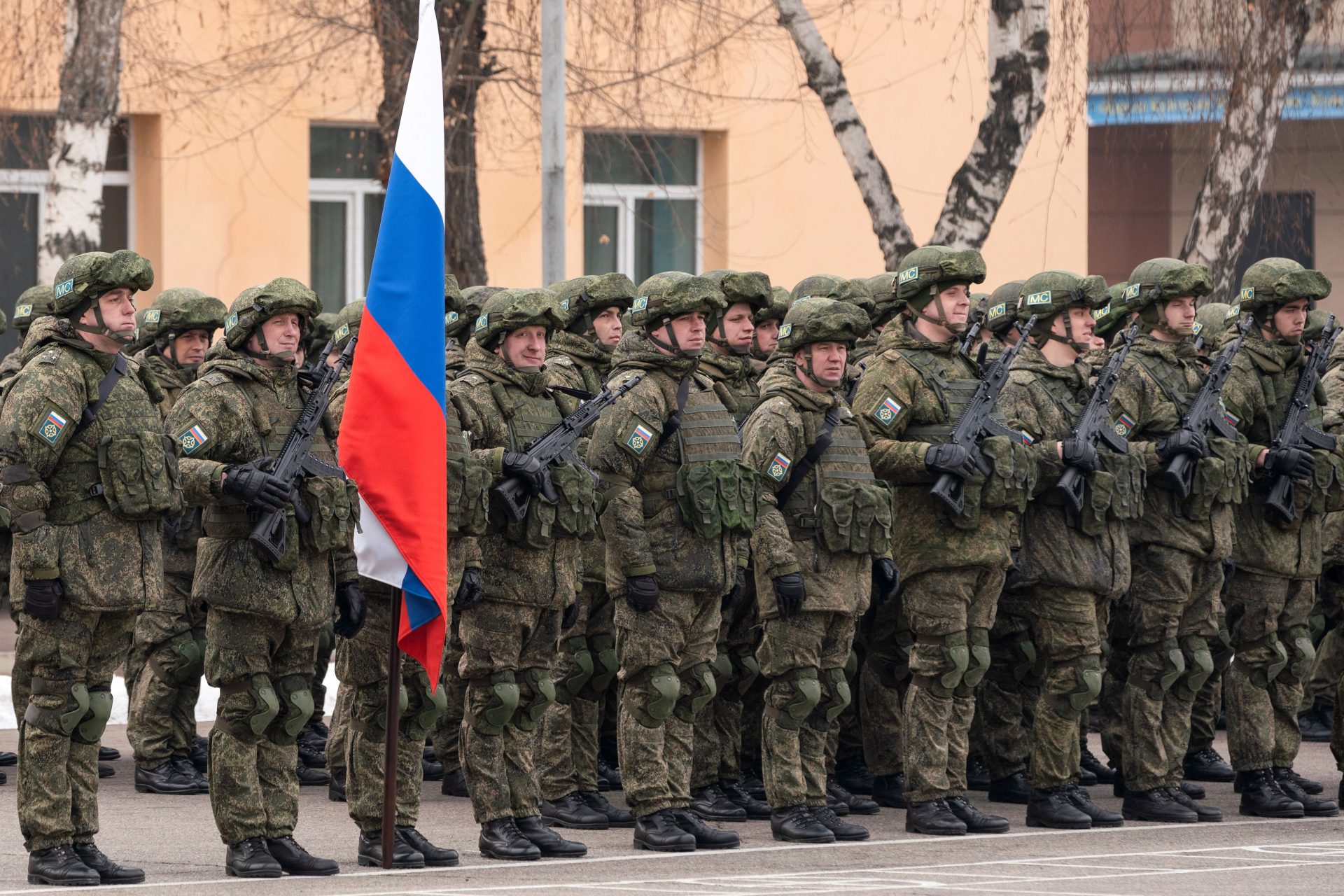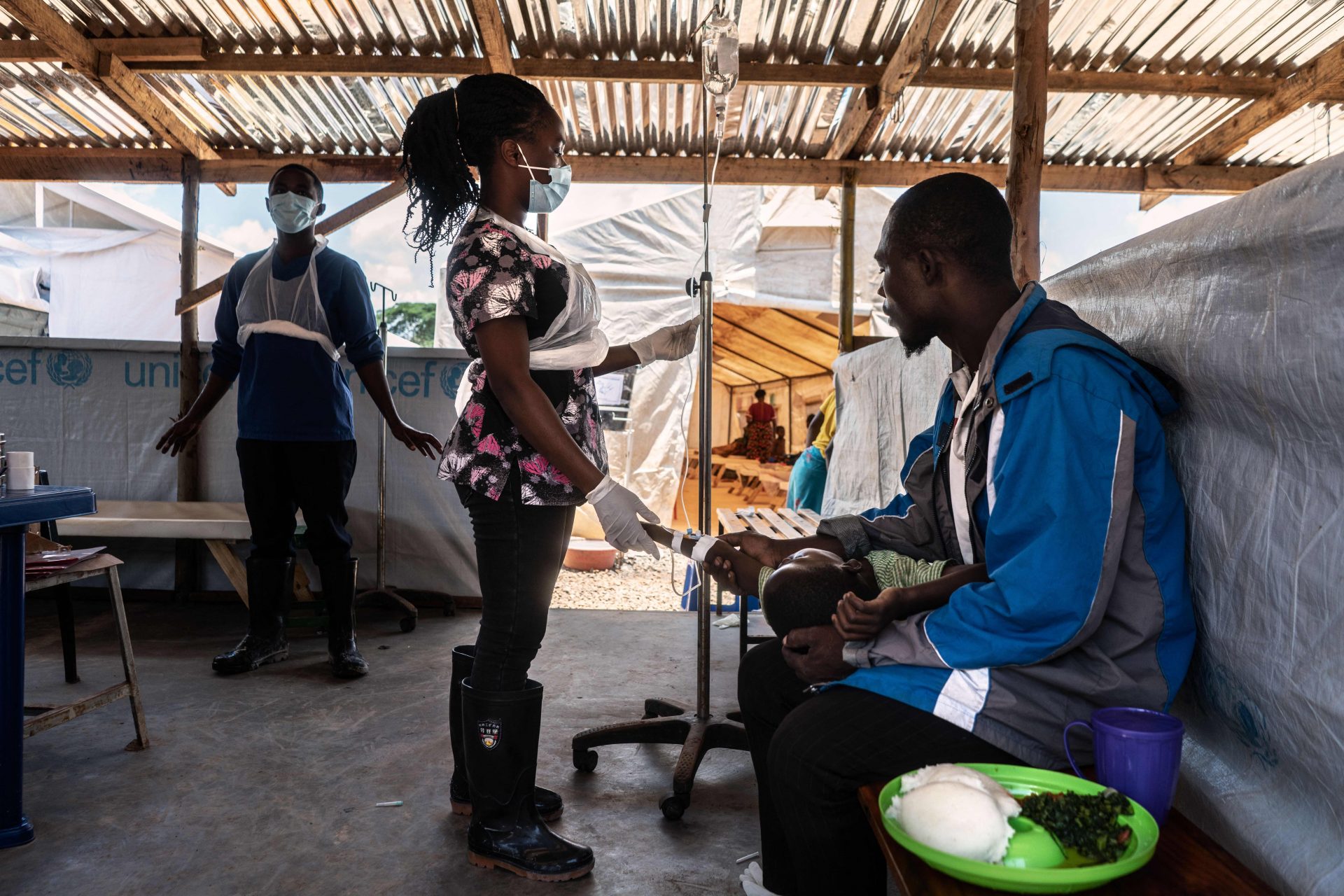Be prepared for the worst: follow these tips from Cold War manuals
For the longest time the average person didn't really worry about a third world war or about nuclear threats. But for many, our time of innocence came to an end when Russia attacked Ukraine and Vladimir Putin began to threaten to use nukes.
It is an undeniable fact that people in Europe and around the world no longer feel safe And the terrifying possibility of an atomic attack raises an obvious question: how does one survive a nuclear attack?
There is one resource where we can glean some valuable information: manuals from the Cold War. These booklets are from a time when the United States and the Soviet Union always seemed on the verge of destroying each other, and they hold some answers. Join us for a look at some of the keys to making it through a nuclear war.
In the numerous survival manuals published during the Cold War, basic advice was given that is still applicable today: one important rule: if the bomb falls, never look at the glare produced (it causes blindness).
It is very important to protect yourself from the blast wave, look for a solid wall for protection, or, better yet, a place to shelter underground.
Pictured: Illustration of a pre-fabricated steel and concrete family fallout shelter from the Cold War era, early 1960s.
The extremely high temperatures generated by the blast wave is one of the gravest dangers in the first moments after a nuclear attack.
That is why we must avoid being outdoors at all costs and look for a wall of some sort to shelter us from the blast.
Pictured: an advert for an above-ground bomb shelter in 1951.
Radiation is the other great initial danger following the explosion of a nuke. If you have been exposed to radiation, you must take a shower with water that has been stored in a tank. Do not use well water as it most likely contaminated.
If you cannot take a shower, do your best to wash your entire body with as much clean water as possible. Scrubbing with water will help but radiation is a lethal enemy that is difficult to combat.
The clothes we wore and could have been in contact with the radioactive wave must be disposed of as soon as possible. They may be contaminated. If possible, put them into a plastic bag and get it as far away from your body as possible.
Obviously, the fallout shelter typical of the Cold War is the ideal place to take shelter from an atomic explosion.
Following a nuclear blast you must try to stay inside your place of shelter for a minimum of 24-48 hours. If you really cannot handle sheltering for very long at least try to last 48 hours as the radiation levels will have dropped substantially.
In 1961 the US Department of Defense published 'The Family Fallout Shelter', a guide to building a family fallout shelter, which has some good tips on how to DIY your own shelter.
The guide contains some interesting facts: brick and concrete are the right materials to protect yourself from the blast wave and heat. Both in a shelter and if we are surprised by the attack in any other place.
Image: Illustration from 'The Family Fallout Shelter'
In 'The Family Fallout Shelter' there is an extensive list of materials to stock up on. Basics like water and food for two weeks.
Image: Illustration of 'The Family Fallout Shelter'
In addition to food and water other basics are also necessary such as a first-aid kit, a flashlight, and batteries are a must.
Pictured here is the cover of a copy of the 'Fallout Shelter Handbook', prepared by Chuck West and published in 1962. In this book, as in other guides, the need to stock up on basic medicines is discussed. Over time, a pill has been added to the list of medicines that can be used against the effects of radiation.
Potassium iodide is sold in pill form and, according to some studies, it can help combat the effects of radioactivity on our bodies. There are those who currently question its real effectiveness.
Image: Roberto Sorin/Unsplash
The Scientific American argues in a long article on the subject that potassium iodide has a limited effect in preventing the types of cancer that radiation can cause. Even so, it might be better to have some on hand than to have none at all.
These manuals from the Cold War era continually remind readers to be very cautious about water.
Image: Tosab Photography / Unsplash
They state that it is crucial not to consume water from the tap. Radiation may have contaminated drinking water networks.
Therefore, to prepare your survival materials, enough water for yourself and your family is needed for at least 48 hours...preferably more.
One of the possible effects of the fall of a nuclear bomb is that electronic devices may stop working.
Image: Alexandre Debiève / Unsplash
This occurs because of the so-called "electromagnetic pulse" (EMP -Electromagnetic Pulse), which originates in a very high activity of electromagnetic waves. So monstrously high that they interfere with the normal functioning of the electrical mechanism of some objects.
So, adding a dynamo radio to your bomb shelter supplies may be a wise idea as well. That way, you can attempt to tune in to hear any emergency announcements with valuable information about what is going on.
One of the main reasons you should stay in your shelter for as long as possible following a nuclear blast is to avoid radioactive fallout.
In Hiroshima and Nagasaki, it was called "black rain." And it claimed a significant number of victims after the initial explosion. That is because this rain contains radioactivity. We must avoid getting wet from this rainfall.
The radioactive fallout usually arrives about 15 minutes after the explosion.
The most common symptoms that radioactive contamination is affecting our body are: nausea, vomiting, sudden weakness, skin ulcers.
No guide, current or from the Cold War, recommends fleeing. It is best to stay where we were when the explosion surprised us and wait for the radioactivity to dissipate.
Image: Burgess Milner/Unsplash
But how long does that take? 48 hours is the amount of time to wait to be able to leave a shelter without exposing ourselves to high radioactivity. However, when will everything return to normal levels?
ALSO: What a nuclear war between the US and Russia would look like
According to calculations from the Stack Exchange page (based on scientific reports taken from nuclear tests), two weeks after the explosion the level of radioactivity would be almost the same as before the attack.
Image: Alexey Malakhov/Unsplash
The reality is that a nuclear war would be an absolute catastrophe and that survival would have to do a lot with chance, as in almost all catastrophes. Knowing some basic rules is not bad (it can help us survive) but the best thing is that the war simply does not occur.
Never miss a story! Click here to follow The Daily Digest.
Image: Humphrey Muleba/Unsplash
More for you
Top Stories



